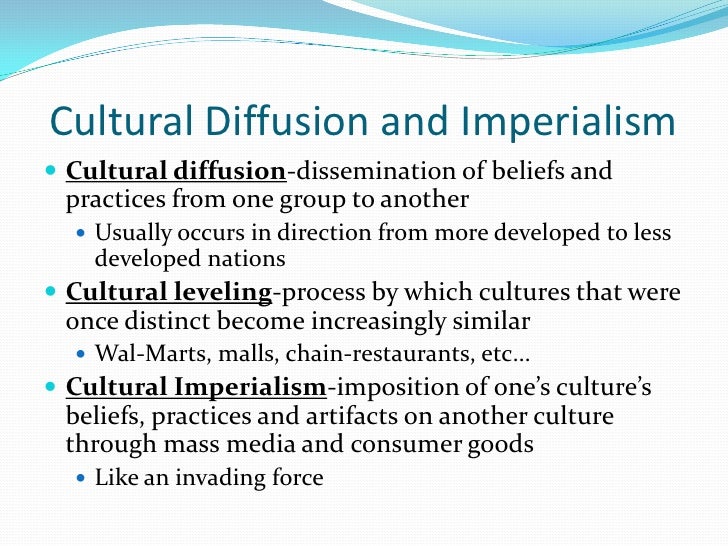
The cultural Christian might even have a fish bumper sticker and attend church from time to time. Cultural Christianity is more about outward appearance than personal relationship with Christ.Ĭultural Christianity embraces being pleasant, gathering with other friendly people, and enjoying the benefits of a comfortable social environment. This God requires commitment, repentance from sins, and a relationship with His followers.

He’s more interested in a person’s eternal wellbeing than their temporal happiness. He is not “okay with whatever” as long as people get along. He is an immense, powerful God intimately involved in the minutiae of the world who places demands on His people. God is not a genie who grants wishes when needed and spends the rest of his time happily in the lamp. In contrast, Biblical Christianity requires something of believers. Good people go to heaven, and most people are categorized as “good.” Sin doesn’t figure much into the picture. This God might occasionally step in to help when needed if a person asks. On the other hand, biblical Christianity is nothing less than a commitment to serving Jesus Christ as Lord and Savior, the Son of God, and surrendering oneself to Him for salvation and forgiveness. Anyone can recognize the cultural or moral benefits of Christianity without embracing Christ or even belief in God at all. This example shows how anyone can be a “cultural” Christian. Renowned atheist and scientist Richard Dawkins (author of The God Delusion and Outgrowing God, among many other books) has on several occasions identified himself as a “cultural Christian.” He recognizes the benefits of Christian morality and celebrations, though he does not believe in God and is outspoken against religion. Here are 5 ways cultural Christianity is different than biblical Christianity: 1. The lines between the two became blurred. Folks could freely call themselves “Christian” (even if they’d never prayed) just because their family and neighbors were Christians.īut as cultural Christianity rose, biblical Christianity suffered. Even once the 1800s hit and the United States of America continued to grow, Americans considered the country a “Christian nation.” By the middle ages, the Roman Catholic Church held more power than most secular rulers in Europe. In 313, Emperor Constantine issued the Edict of Milan, declaring Christianity legal in the empire.

However, as time went on, Christianity became more acceptable. To be a Christian, a person had to be willing to give up everything for Christ. Christians were persecuted, killed, and even fed to beasts for sport in the Roman Coliseum. Being a Christian in the first century was countercultural.


 0 kommentar(er)
0 kommentar(er)
